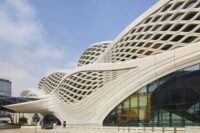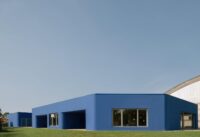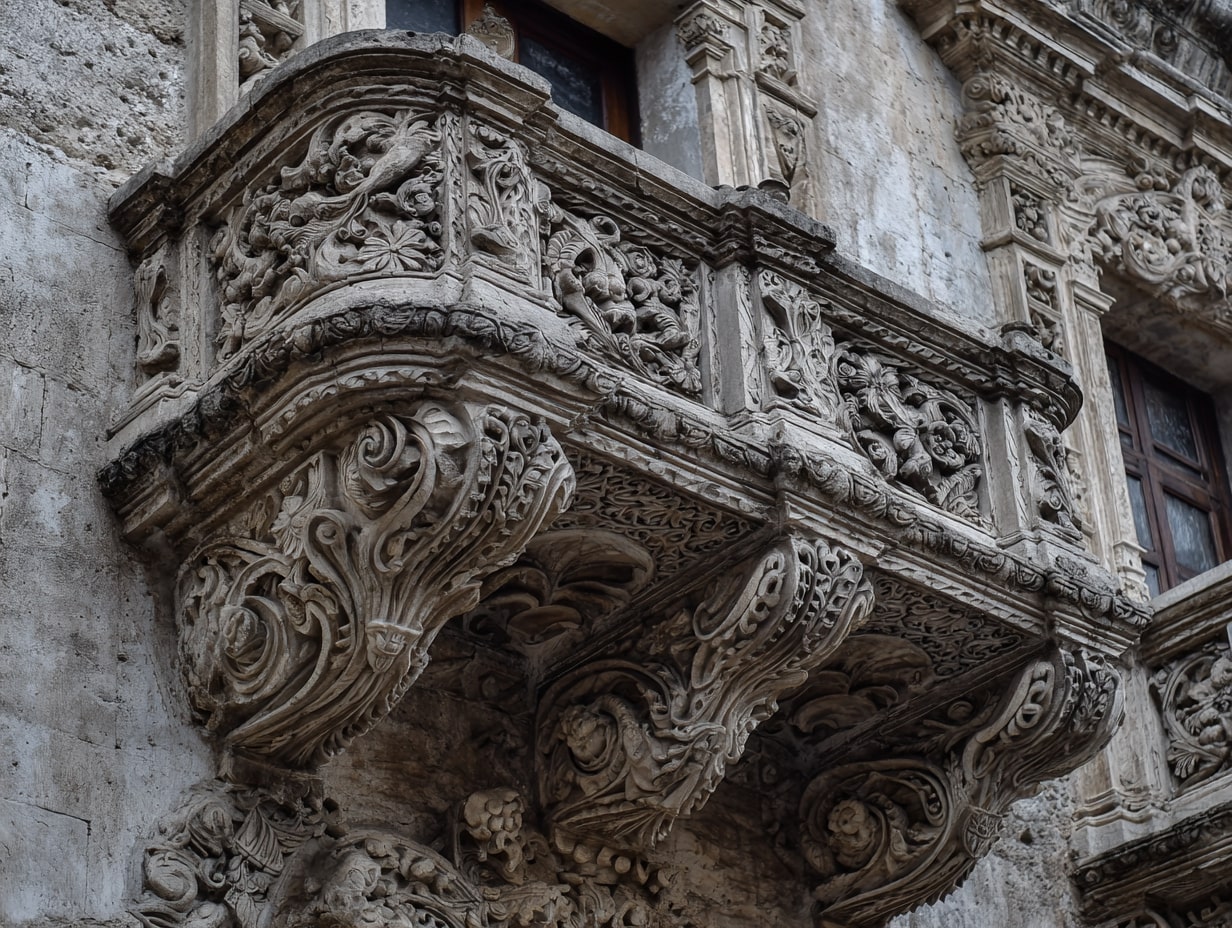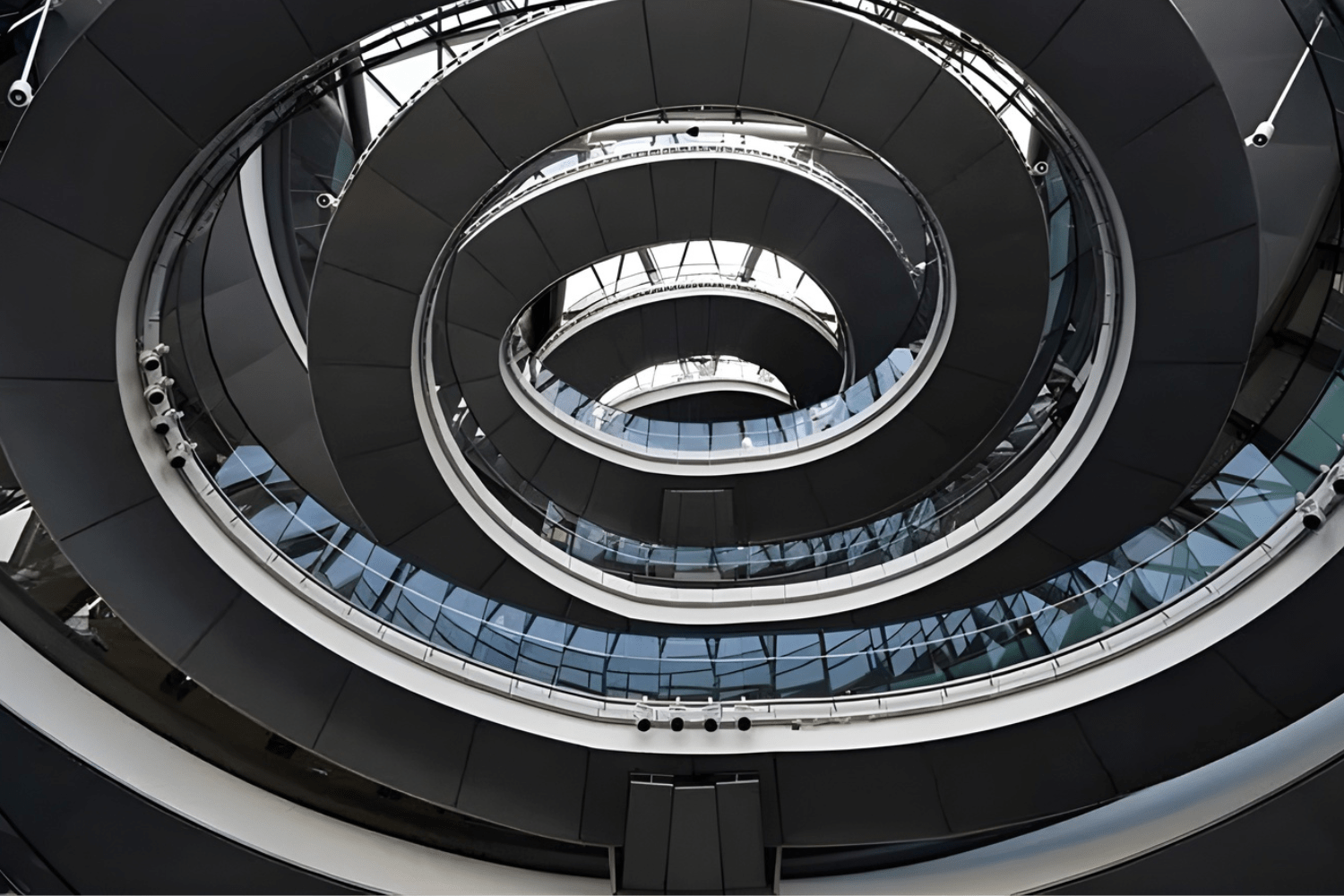- Home
- Articles
- Architectural Portfolio
- Architectral Presentation
- Inspirational Stories
- Architecture News
- Visualization
- BIM Industry
- Facade Design
- Parametric Design
- Career
- Landscape Architecture
- Construction
- Artificial Intelligence
- Sketching
- Design Softwares
- Diagrams
- Writing
- Architectural Tips
- Sustainability
- Courses
- Concept
- Technology
- History & Heritage
- Future of Architecture
- Guides & How-To
- Art & Culture
- Projects
- Interior Design
- Competitions
- Jobs
- Store
- Tools
- More
- Home
- Articles
- Architectural Portfolio
- Architectral Presentation
- Inspirational Stories
- Architecture News
- Visualization
- BIM Industry
- Facade Design
- Parametric Design
- Career
- Landscape Architecture
- Construction
- Artificial Intelligence
- Sketching
- Design Softwares
- Diagrams
- Writing
- Architectural Tips
- Sustainability
- Courses
- Concept
- Technology
- History & Heritage
- Future of Architecture
- Guides & How-To
- Art & Culture
- Projects
- Interior Design
- Competitions
- Jobs
- Store
- Tools
- More
Unveiling the Truth and Lies in Architecture: A Journey Through Design and Deception
Uncover the fascinating interplay of truth and deception in architecture with our insightful article. Explore how buildings tell stories beyond aesthetics, revealing cultural narratives and historical significance. Delve into the dualities of design, from structural integrity to innovative forms that may mislead.

Architecture tells stories that shape our environments and influence our lives. It’s a blend of creativity and functionality where every structure reveals a deeper narrative. Yet beneath the stunning facades and innovative designs lies a complex interplay of truth and deception. We often admire buildings for their aesthetic appeal, but what if we looked beyond the surface?
In this exploration, we’ll uncover the hidden truths behind architectural masterpieces and the myths that surround them. From the intentions of their creators to the cultural contexts that shape them, we’ll navigate the fine line between reality and illusion. Join us as we delve into the fascinating world of architecture, where every line and curve can reveal more than meets the eye.

Table of Contents
ToggleThe Truth and Lies in Architecture
Architecture embodies both truth and deception, often blurring the lines between functionality and symbolism. Each structure tells a story, reflecting the intentions of architects and the cultural context of its creation.

Elements of Truth in Architecture
- Structural Integrity: Architects prioritize stability and safety. Buildings must withstand environmental challenges such as earthquakes and hurricanes.
- Sustainability: Modern architecture increasingly embraces eco-friendly materials and practices. Efforts to minimize carbon footprints show a commitment to environmental truth.
- Historical Significance: Many buildings hold historical relevance. Structures like the Parthenon or the Eiffel Tower stand as testimonials to cultural heritage.
Elements of Deception in Architecture
- Illusions of Space: Architects often manipulate perspectives, creating the illusion of more space through design techniques like open floor plans and high ceilings.
- Aesthetic Choices: Facades may misrepresent a building’s inner workings. Exteriors often appear more grandiose than the actual space inside.
- Cultural Appropriation: Some designs borrow elements from different cultures, sometimes misrepresenting their origins and meanings.
Unveiling the Myths
- Modernism vs. Tradition: The dichotomy between modern and traditional architecture can create misconceptions. Each style offers its own truths and lies.
- Architectural Storytelling: Narratives surrounding a building can shape public perception, causing us to cherish myths that enhance a structure’s lore.
- Tech Influence: Advances in technology push architectural boundaries but may lead to false perceptions of sustainability. Utilizing certain materials can harm the environment despite their modern allure.
Understanding the interplay of truth and lies in architecture enriches our appreciation for these structures, urging us to dig deeper into their narratives and significance.
Historical Perspectives
Architecture serves as a visual narrative that reflects the truths and lies woven into our history. Understanding this context enriches our insights into the evolution of architectural thought and practice.

The Foundations of Architectural Truth
The foundations of architectural truth lie in historical developments that define functionality and aesthetics. Ancient civilizations like the Egyptians and Greeks emphasized structural integrity through durable materials and engineering principles. Roman architecture introduced innovations like the arch and concrete, which prioritized both strength and form, conveying reliability. The Gothic cathedrals of the Middle Ages combined intricate designs with purpose, illustrating religious devotion through soaring heights and stained glass. Each era sets architectural precedents that inform modern interpretations and affirm the enduring principles of truth in design.
Misconceptions Throughout History
Misconceptions about architecture often arise from selective narratives and cultural shifts. Renaissance architects promoted symmetry and proportion, leading to the myth that these elements represent ultimate beauty. In reality, this focus can obscure diverse architectural expressions throughout history. The Industrial Revolution presented a stark contrast, showcasing functionalism yet giving rise to ideals that dismissed craftsmanship in favor of mass production. Modernism further perpetuated the belief that less is more, sidelining the significance of context and local culture. Each misconception shaped public perception, complicating our understanding of architectural truth and challenging us to reassess the narratives we accept.
Modern Interpretations
Modern architecture continually showcases evolving perspectives that blend innovation with tradition. We can see how contemporary design practices reveal both truths and misconceptions through various elements.

The Role of Technology in Architecture
Technology profoundly influences architectural practices today, shaping how architects conceptualize and construct buildings. Digital tools facilitate precise modeling, allowing for intricate designs and innovative materials. We utilize Building Information Modeling (BIM) and computational design to streamline processes, enabling the creation of more sustainable structures. However, while technology enhances capabilities, it can also foster misunderstandings about sustainability. Techniques like 3D printing and parametric design provide stunning visual outcomes, but they may obscure the real environmental impacts of materials used. Consequently, we navigate the fine line between genuine advancement and the allure of superficiality in modern architecture.
Deceptive Aesthetics and Illusions
Aesthetics in modern architecture can often mislead observers about a building’s true nature. Visual spectacles, such as striking facades or grandiose ceiling heights, captivate public attention yet may hide functional flaws or compromises within. We encounter examples where the design prioritizes looks over practicality, resulting in spaces that lack usability or comfort. Additionally, architects may employ optical illusions or exaggerated proportions to create a sense of grandeur. Such techniques can distort perceptions, leading to a disconnect between the viewer’s experience and the architectural intent. Recognizing these deceptive aesthetics allows us to appreciate the buildings’ artistry while remaining critical of the narratives they present.
The Ethical Dimension
Architecture carries ethical implications that reflect societal values and responsibilities. Architects wield the power to shape environments that affect communities, emphasizing the need for integrity in their practices. When architects prioritize sustainability, they contribute to ecological balance, creating spaces that respect both the environment and future generations.
Architectural ethical dilemmas often arise from the tension between aesthetic aspirations and social responsibilities. Buildings can reinforce cultural stereotypes or perpetuate social divides if designers ignore the context and impact of their work. For example, incorporating local materials and traditions can promote cultural authenticity, while using generic designs may erase historical significance.
Transparency in design also plays a crucial role in ethical architecture. Honest representation of materials and labor fosters trust between architects, clients, and communities. By acknowledging the sources and impacts of construction techniques, architects can empower stakeholders to make informed decisions about design and sustainability.
Collaborative processes enhance ethical considerations in architecture. Engaging communities in the design process ensures that buildings meet the needs of those who inhabit them. This participatory approach addresses various perspectives, enhancing the authenticity and functionality of structures while respecting diverse cultural narratives.
Ultimately, ethical architecture promotes not only aesthetic appeal but also responsibility, sustainability, and inclusivity. By upholding these values, architects can create spaces that reflect the truth of their communities and contribute positively to society.

Conclusion
Understanding the complexities of architecture reveals the intricate balance of truth and deception embedded in our built environment. Architects express intentions through design elements that embody historical significance, cultural context, and innovative practices.
Truth manifests in tangible aspects like structural integrity, sustainability, and cultural authenticity. These elements help us appreciate the genuine craftsmanship behind each architectural piece. For instance, sustainable materials and methods reflect a commitment to environmental considerations, while historical designs often tell stories of past civilizations.
Deception, however, complicates our appreciation of architecture. Aesthetic choices can mislead viewers regarding a building’s function or environmental impact. For example, strikingly modern facades can mask underlying inefficiencies or disregard for local cultural practices. This layer of deception urges us to question the narratives presented by prominent structures.
Case studies like the Eiffel Tower and the Guggenheim Museum in Bilbao illustrate these dualities effectively. While both structures symbolize innovation and artistic brilliance, they also provoke discussions about authenticity and the motives behind their designs. In analyzing their narratives, we recognize the blending of truth and lie, enhancing our understanding of their significance.
Engaging with these concepts builds a critical framework for evaluating architectural practices. We recognize the ethical dimensions as architects align their designs with social responsibilities, promoting inclusivity and sustainability. This engagement fosters trust among architects, communities, and clients, reinforcing the foundations of ethical architecture.
By exploring the truth and lies in architecture, we address the deeper stories that structures convey. This journey broadens our perspective, encouraging us to appreciate the narratives that form the backbone of our architectural heritage.
- architectural authenticity
- architectural illusions
- Architectural Manipulation
- architectural misconceptions
- architectural myths
- Architectural Storytelling
- architecture and illusion
- architecture and perception
- architecture as art
- architecture deception
- architecture design critique
- deceptive design
- design integrity
- design integrity in architecture
- design transparency
- design truth vs lies
- exploring architecture truth
- false impressions in architecture
- hidden truths in architecture
- misleading architectural designs
Submit your architectural projects
Follow these steps for submission your project. Submission FormLatest Posts
Are Organic Bamboo Sheets Worth the Investment?
When it comes to getting a good night’s sleep, the quality of...
Converting Garages to Living Spaces: Structural Changes That Require Professional Engineering
When considering a garage conversion to extend your home’s living space, understanding...
A Beginner’s Guide to Architectural Details
Architectural details explained for beginners: clear terms, key joints, proportions, climate-smart specs,...
5 Must-Visit Structures by Norman Foster
Explore five must-visit structures by Norman Foster, showcasing iconic works that combine...












Leave a comment